Winter is the time for all citrus fruits. These tropical gems of sweet and tart can elevate our cooking and baking adventures. The bright flavor and color can also lift us from dreary winter days.
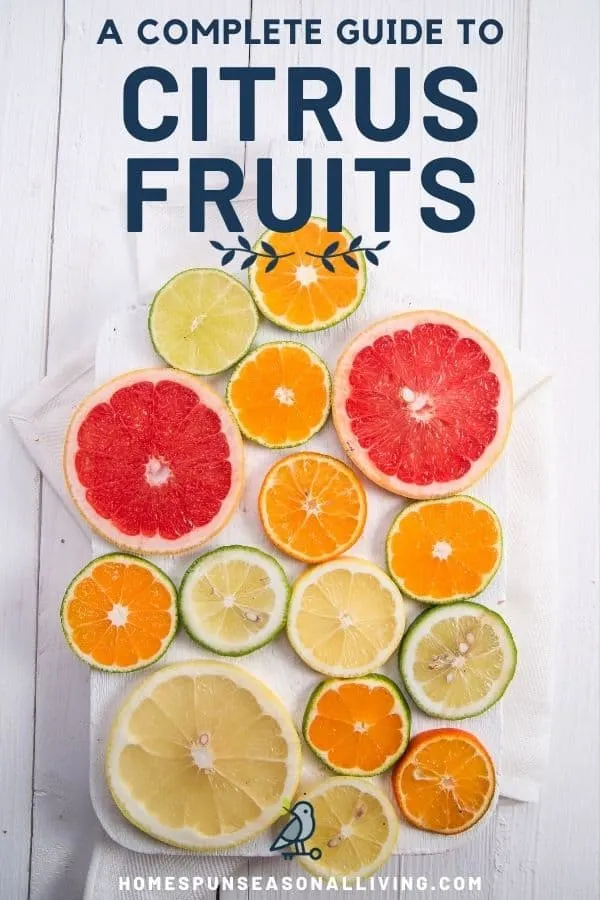
Granted our modern lives mean citrus can often be found in the grocery store any time of the year. However, it is truly a winter season food and if we’re lucky one we can indulge in a number of ways.
Even if citrus isn’t a local crop for your particular area, try eating it only when it is season rather than eating it shipped in from around the globe. It will likely taste better and be more frugal.
What are Citrus Fruits?
Before we embark on eating citrus in season, we should first make sure we understand what exactly is a citrus fruit.
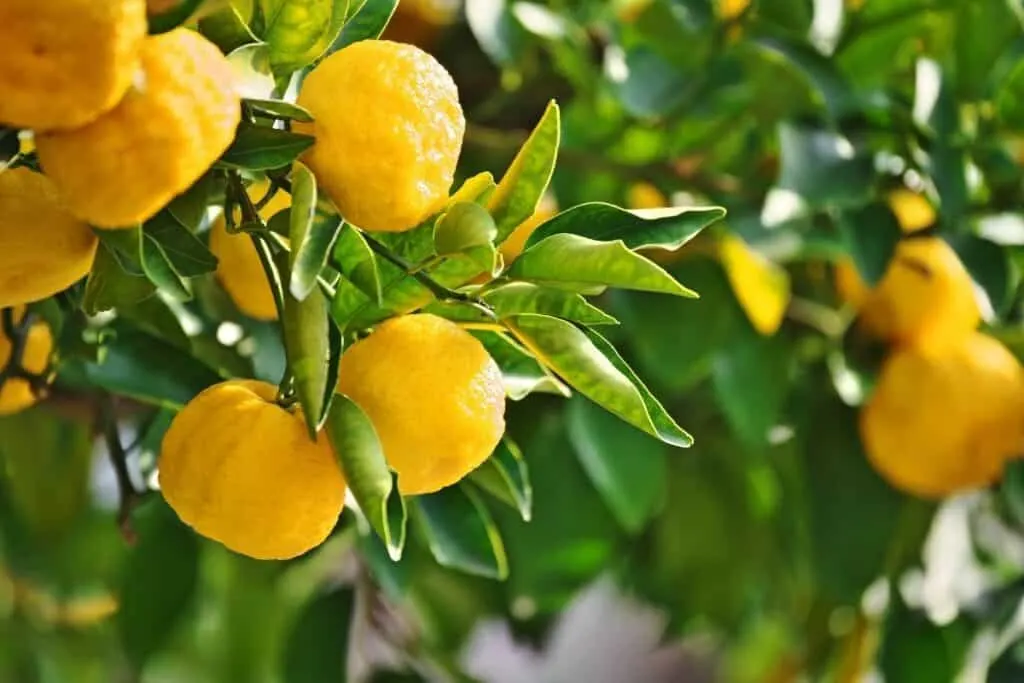
Botanically speaking, citrus is a genus of flowering trees and shrubs in the Rutaceae family.
Citrus fruits grow on trees and the fruits are segmented inside. The segments you see inside oranges and grapefruits for example are a trademark of all citrus fruits.

That means, fruits like mangoes that grow on trees and are quite tropical are not citrus fruits because they are not segmented.
Pineapples, while slightly segmented, do not grow on trees and therefore are not citrus.
A List of Common Citrus Fruits
Let me be honest in that there is a long list of citrus fruits worldwide. Many of them only common in the particular areas in which they have been grown for centuries.
Many, if not most, of those varieties are not going to be available to those of us limited to common grocery stores and fruit stands.

Let’s cover the most common citrus varieties first. The ones you’re likely to find in most grocery stores.
- Oranges – this includes blood oranges, bitter oranges, seville oranges, mandarins, etc.
- Lemons – includes Meyer Lemons and the basic type we get in our water at restaurants
- Limes – Persian, Key, and many more
- Grapefruit
- Kumquat
- Tangerines
Less Common (at least in small town grocery stores)
- Pomelo
- Buddha’s Hand
- Citron
There are also a number of hybrid citrus fruits. Hybrid are simply fruits that have been crossed to breed new flavors.
This should not be confused with genetically modified fruits. In many cases, these hybrid fruits were created by farmers and native peoples hundreds of years ago.
How to Use Citrus Fruits
It’s important to remember that the entire citrus fruit is edible. Most of the time, we ignore the peel and bitter pith in favor of the sweeter, juicier fruit inside.

Remember to save the peel or zest the fruit before going after the segments inside. This peel and zest can be saved and dried or frozen for adding to tea or baked goods later.
Savory Ways to Eat Citrus
Citrus complements a number of savory foods and is a vibrant flavor for many meals. For some inspiration consider:
Lemon and many herbs like garlic and basil go incredibly well together. Combine them with some pasta for a filling and refreshing pasta salad.
Continue the savory lemon, herb combination by baking it with chicken for a main dish that is sure to please.
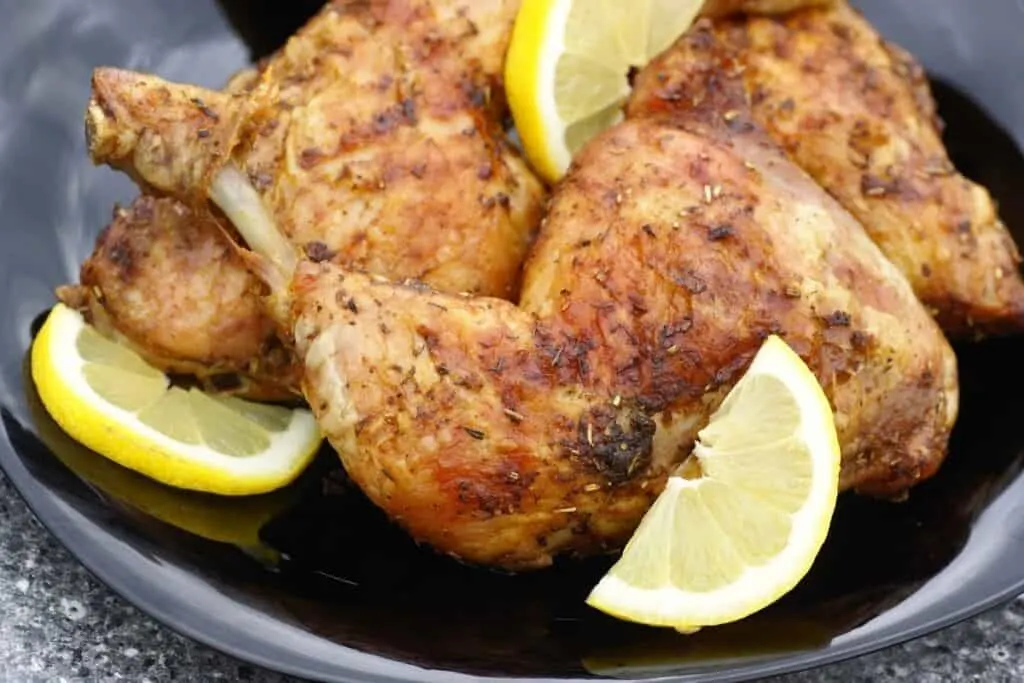
Lime is delicious with black beans elevating them from anything but boring beans and rice.
Like lemons, oranges combine well with herbs and chicken for frugal, delicious meals meant to be shared.
Sweet Ways to Eat Citrus
The tartness of most citrus makes it an ideal flavor for tart and sweet desserts and baked goods like:
Frosted orange cookies are an old-fashioned treat that are perfect for simple desserts and holiday cookie trays alike.

Glazed meyer lemon muffins are sweet and perfect for a winter breakfast on the go.
The tartness of grapefruit combines well with a lovely cake topped with cream cheese frosting.
Drinking Citrus
The sweet and tart flavors of many citrus fruits make for refreshing fruit juices and other drinks.
Adding some lemon to a hot toddy, or any hot tea for that matter, is great for flavor and all that extra vitamin c can help boost our immune systems.

Go beyond plain orange juice with a refreshing orange shrub or drinking vinegar for a change.
A grapefruit gin fizz is a completely refreshing way to switch up cocktail night.
Preserving Citrus
Like any seasonal food, preserving some citrus while it is in season for later is a great idea. Citrus can be canned, frozen, dehydrated, and fermented.
Probably the oldest and most traditional way to preserve citrus is through fermentation. Generally this includes rubbing cut citrus in salt and letting the juice cover the fruit to ferment and preserve.
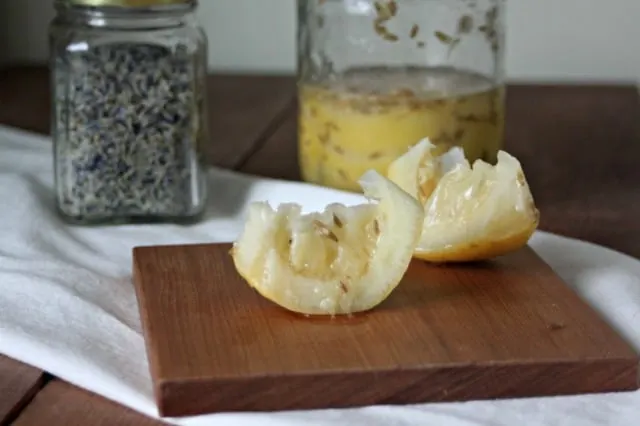
Lemons are most common but the technique can be used for any citrus fruit. Consider adding some lavender for a floral flavor to your preserved lemons.
Marmalades are another rather traditional way to preserve citrus. Marmalades are like jam but use the citrus peel as part of the process. The peels add pectin to help the marmalades set and add some bitter flavor to the overall sweetness of the jam.
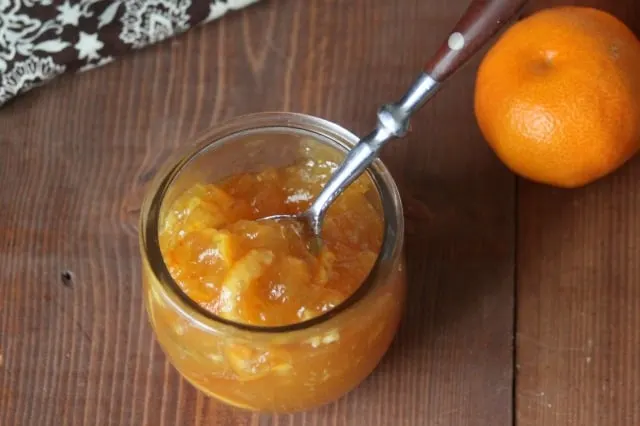
Orange marmalade is probably best known but consider using clementines for a much less bitter marmalade that is easy to can for later.
Useful Tools for Working with Citrus
A good sharp knife is truly all we need to cut open a citrus and enjoy the fruit inside or slice it, etc. However, there are few handy tools to make quick work of citrus in its many forms.
A microplane zester is a quick and easy way to get that zest from the peel while avoiding the pith. Yes, a box grater works but honestly the microplane is so much more efficient for this particular task.
For small amounts of juicing, a reamer or citrus juicer is particularly nice. Yes, one can just squeeze the juice from the fruit over a glass, but a reamer is more efficient and better at getting every last drop of juice from the fruit.
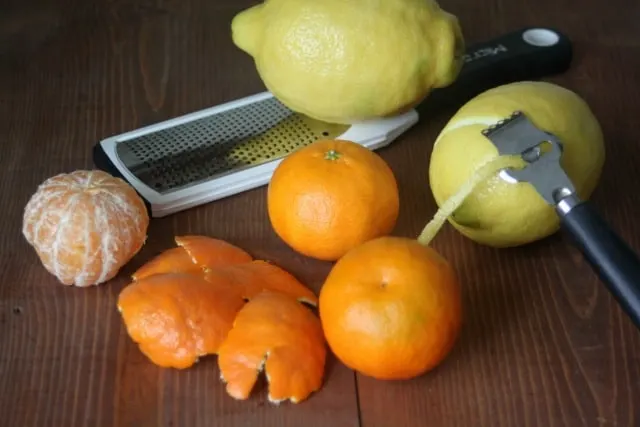
Fresh squeezed orange, your favorite? Maybe you like to make gallons of lemonade? Buy an electric citrus juicer for fast and easy juicing work.
Keep more of the pulp and seeds out of your juice by using a fine mesh strainer over a bowl.
Like long strips of zest for dropping into drinks or for garnishes? A citrus zester can cut long thing strips rather than grating the zest like a microplane.
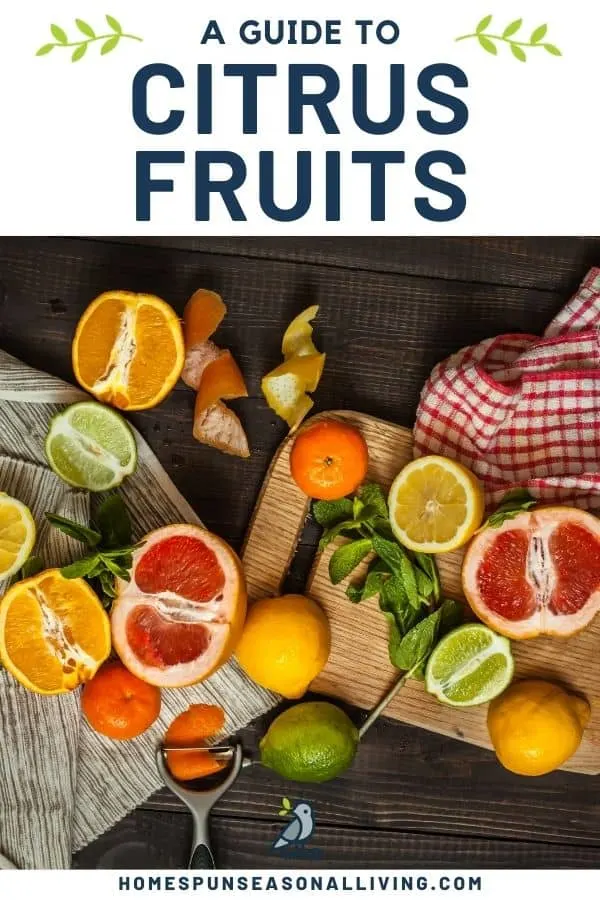
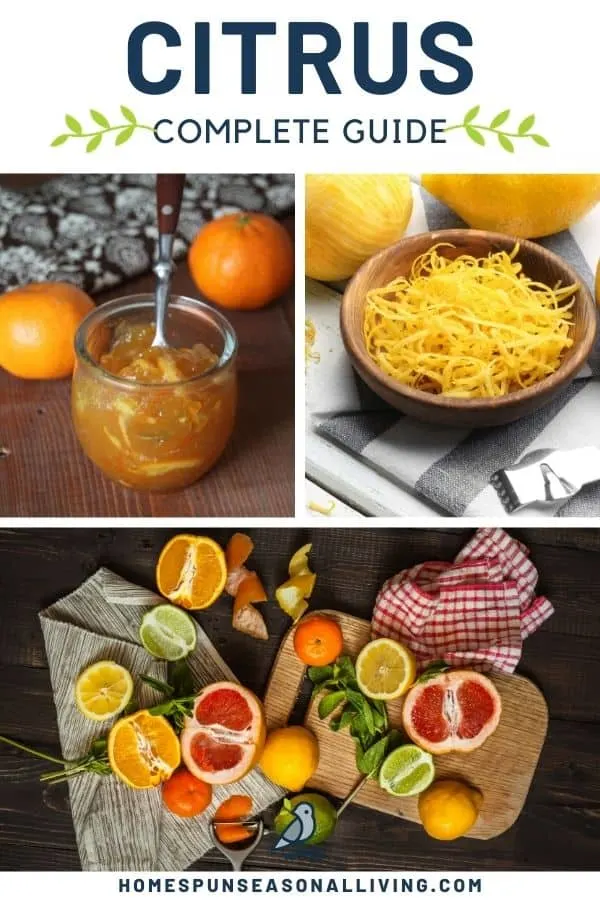
Helena
Sunday 14th of February 2021
Love citrus season! Our trees didn't do much this year, but we're lucky enough to have local sources to buy from. Pomelo is a new-to-us fruit after years of seeing them at the produce stand, and they are now a favorite snack for the whole family.